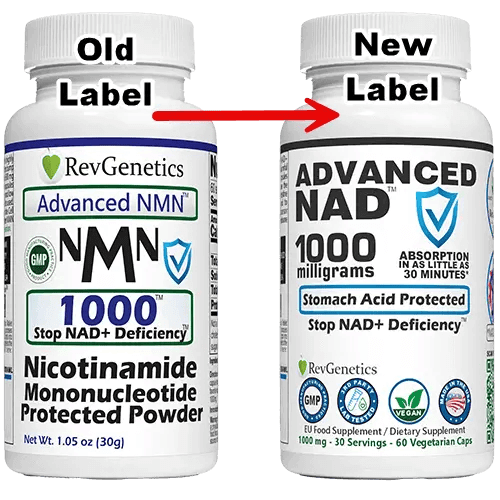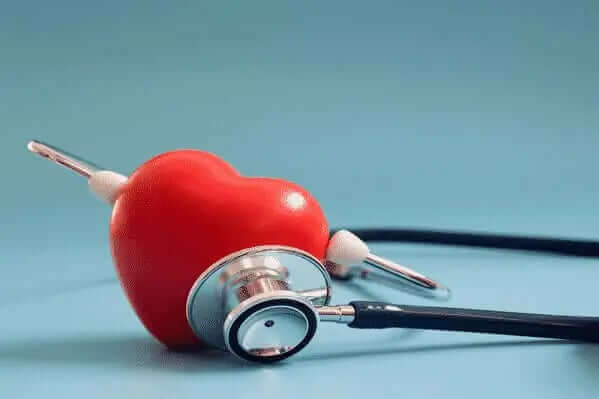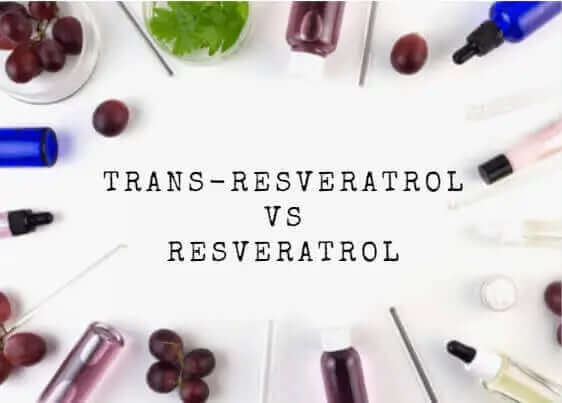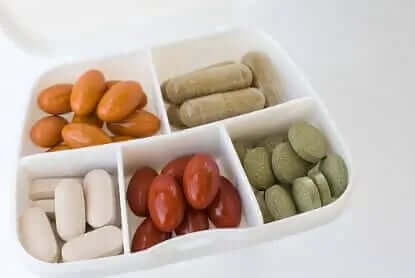NMN: The Revolutionary Molecule Transforming Cellular Health and Longevity
In the quest for optimal health and vitality, NMN (Nicotinamide Mononucleotide) has emerged as a groundbreaking compound that's capturing the attention of scientists, health enthusiasts, and anyone seeking to unlock their body's full potential. This remarkable molecule serves as the key to cellular rejuvenation, offering hope for those who want to maintain youthful energy and resilience throughout their lives.
Understanding NMN: Your Body's Cellular Powerhouse
NMN represents a pivotal breakthrough in nutritional science. As a mononucleotide of nicotinamide, this organic molecule exists naturally in every living cell, playing an essential role in life itself. At its core, NMN consists of a ribonucleotide structure that forms the fundamental building blocks of RNA, comprising nicotinamide, ribose, and phosphate groups working in perfect harmony.
What makes NMN truly exceptional is its role as the primary precursor to NAD+ (Nicotinamide Adenine Dinucleotide), arguably one of the most critical molecules for sustaining life and cellular function. Think of NMN as the master key that unlocks your cells' ability to produce energy, repair damage, and maintain optimal function.
The Science Behind NMN and NAD+ Production
NAD+: The Molecule of Life
NAD+ stands as a vital coenzyme that orchestrates countless cellular processes essential for survival. As one of the most abundant molecules in the human body after water, NAD+ functions as a biological catalyst, enabling the biochemical reactions that keep us alive and thriving. Without adequate NAD+ levels, our cells simply cannot perform their essential functions.
The relationship between NMN and NAD+ is beautifully simple yet profoundly important. When you supplement with NMN, your body efficiently converts it into NAD+, replenishing cellular stores that naturally decline with age. This conversion process represents hope for maintaining youthful cellular function well into our later years.
How NAD+ Powers Your Cellular Engine
Within the intricate machinery of your cells, NAD+ serves multiple critical functions that impact every aspect of your health:
- Energy Production: NAD+ is indispensable for mitochondrial function, helping these cellular powerhouses generate the ATP energy your body needs for everything from thinking to moving
- DNA Repair: Special proteins called sirtuins depend on NAD+ to repair damaged DNA, protecting your genetic blueprint from the wear and tear of daily life
- Cellular Communication: NAD+ facilitates vital signaling between cells, ensuring your body's systems work in harmony
- Metabolic Regulation: From glycolysis to the citric acid cycle, NAD+ enables the metabolic processes that convert nutrients into usable energy
The Transformative Benefits of NMN Supplementation
Research into NMN reveals a cascade of potential benefits that inspire optimism about healthy aging and vitality. Users report experiencing renewed energy, improved mental clarity, and a general sense of wellbeing that reminds them of their younger years. These testimonials align with scientific findings showing how NMN supplementation supports various aspects of health.
Cellular Rejuvenation Through NMN
The beauty of NMN lies in its ability to address aging at the cellular level. By boosting NAD+ production, NMN helps maintain the delicate balance of cellular processes that typically decline with age. This includes supporting healthy mitochondrial function, which directly impacts your energy levels and overall vitality.

NMN's Role in DNA Protection and Repair
Every day, your DNA faces countless challenges from environmental stressors, radiation, pollution, and the natural aging process. This accumulated damage is believed to be a primary driver of aging. Fortunately, your cells possess sophisticated repair mechanisms, and NMN plays a crucial role in powering these protective systems.
The PARP Connection
PARP (Poly ADP-ribose polymerase) proteins serve as your cellular repair crew, fixing DNA damage before it can accumulate and cause problems. However, these hardworking proteins require NAD+ to function properly. By supplementing with NMN, you provide your cells with the resources they need to maintain robust DNA repair capabilities, potentially slowing the aging process and supporting long-term health.
This creates a positive cycle: adequate NMN levels support NAD+ production, which enables efficient DNA repair, leading to healthier cells that function optimally. It's a beautiful example of how supporting your body at the molecular level can have profound effects on your overall wellbeing.
Optimizing Your NMN Strategy for Maximum Benefits
To harness the full potential of NMN, consider these evidence-based approaches that many successful users have found helpful:
Timing and Dosage Considerations
Research suggests that taking NMN in the morning aligns with your body's natural circadian rhythms, potentially maximizing its benefits. Many people report feeling more energized throughout the day when they establish a consistent morning supplementation routine. The key is finding what works best for your unique physiology and lifestyle.
Synergistic Lifestyle Factors
While NMN offers remarkable benefits on its own, combining supplementation with healthy lifestyle choices can amplify results:
- Regular Exercise: Physical activity naturally boosts NAD+ levels, creating a synergistic effect with NMN supplementation
- Quality Sleep: Adequate rest allows your cells to utilize NMN more effectively for repair and regeneration
- Nutrient-Dense Diet: Supporting your body with whole foods provides cofactors that enhance NMN's effectiveness
- Stress Management: Reducing chronic stress helps preserve NAD+ levels, allowing NMN to work more efficiently
Real-World Success Stories with NMN
Across the globe, individuals are discovering the transformative power of NMN supplementation. From busy professionals reporting sustained energy throughout demanding workdays to active seniors maintaining their vitality and independence, the stories of renewal and rejuvenation continue to inspire hope.
Many users describe experiencing a gradual but noticeable improvement in their overall sense of wellbeing. They report clearer thinking, better recovery from exercise, improved sleep quality, and a general feeling of cellular vitality that makes each day more enjoyable and productive.
The Future of NMN Research
The scientific community's enthusiasm for NMN continues to grow as new research unveils additional benefits and applications. Current studies are exploring how NMN might support cardiovascular health, brain function, metabolic efficiency, and even immune system resilience. This expanding body of research offers hope for those seeking science-backed solutions for healthy aging.
As our understanding of NMN deepens, we're discovering that this molecule represents more than just a supplement – it's a key to unlocking our body's innate capacity for cellular renewal and optimal function. The future looks bright for those who choose to support their cellular health with NMN.
Making NMN Part of Your Wellness Journey
Embarking on your NMN journey represents an investment in your cellular health and future vitality. Whether you're looking to maintain youthful energy, support healthy aging, or simply optimize your body's natural processes, NMN offers a scientifically validated path forward.
The beauty of NMN supplementation lies in its simplicity and profound impact. By supporting your body's NAD+ production, you're providing your cells with the resources they need to thrive, repair, and maintain optimal function throughout your life.
Frequently Asked Questions About NMN
What exactly is NMN and why is it important?
What exactly is NMN and why is it important?
NMN (Nicotinamide Mononucleotide) is a naturally occurring compound that serves as a direct precursor to NAD+, one of the most crucial molecules for cellular function and energy production. NMN is important because it helps replenish declining NAD+ levels, supporting cellular repair, energy metabolism, and healthy aging processes. Think of it as providing your cells with the raw materials they need to maintain youthful function and vitality.
How does NMN differ from other NAD+ boosters?
How does NMN differ from other NAD+ boosters?
NMN stands out among NAD+ precursors due to its direct conversion pathway and superior bioavailability. Unlike some other compounds that require multiple conversion steps, NMN efficiently transforms into NAD+ through a streamlined process. This efficiency means your cells can quickly access the NAD+ they need for optimal function. Additionally, research suggests NMN may be particularly effective at crossing cellular membranes and reaching tissues throughout the body.
What benefits can I expect from taking NMN?
What benefits can I expect from taking NMN?
People taking NMN often report increased energy levels, improved mental clarity, better exercise recovery, and enhanced overall vitality. Scientific research suggests NMN may support healthy aging by maintaining cellular function, supporting DNA repair mechanisms, and optimizing mitochondrial energy production. Many users describe feeling a renewed sense of youthful energy and resilience. Individual results may vary, but the growing body of research and user testimonials paint an encouraging picture of NMN's potential benefits.
When is the best time to take NMN?
When is the best time to take NMN?
Most experts recommend taking NMN in the morning to align with your body's natural circadian rhythms and NAD+ production cycles. Taking NMN early in the day may help support sustained energy levels and cellular function throughout your waking hours. Some people prefer taking it on an empty stomach for optimal absorption, while others find it works well with a light meal. The key is establishing a consistent routine that fits your lifestyle and allows you to experience NMN's full benefits.
Is NMN safe for long-term use?
Is NMN safe for long-term use?
Current research indicates that NMN is well-tolerated and safe for long-term supplementation. Studies have shown no significant adverse effects even at higher doses, and NMN is a naturally occurring compound that your body already produces and utilizes. As with any supplement, it's wise to choose high-quality products from reputable sources and consult with healthcare professionals if you have specific health concerns. The growing body of safety data provides reassurance for those considering NMN as part of their long-term wellness strategy.
How quickly will I see results from NMN?
How quickly will I see results from NMN?
The timeline for experiencing NMN benefits varies among individuals. Some people report feeling increased energy and mental clarity within days to weeks, while others notice gradual improvements over several months. The cellular changes that NMN supports often happen before noticeable effects, as your body rebuilds its NAD+ stores and optimizes cellular function. Consistency is key – regular supplementation allows NMN to support ongoing cellular processes and maintain elevated NAD+ levels for sustained benefits.
Can NMN help with specific age-related concerns?
Can NMN help with specific age-related concerns?
Research suggests NMN may address multiple aspects of aging at the cellular level. By supporting NAD+ production, NMN helps maintain mitochondrial function, which is crucial for energy production and cellular health. Studies indicate potential benefits for cardiovascular health, cognitive function, metabolic efficiency, and muscle strength. While NMN isn't a miracle cure, it offers a scientifically-backed approach to supporting your body's natural defense mechanisms against age-related decline, helping you maintain vitality and function as you age.
What makes high-quality NMN different?
What makes high-quality NMN different?
Premium NMN products stand out through their purity, stability, and bioavailability. Look for NMN that undergoes third-party testing for purity and potency, ensuring you receive the full benefits without unwanted additives. Advanced manufacturing processes can enhance stability, preventing degradation that reduces effectiveness. Some formulations also include complementary ingredients that support NMN absorption and utilization. Investing in quality NMN means investing in your cellular health with confidence.
How does NMN support DNA repair?
How does NMN support DNA repair?
NMN plays a crucial role in DNA repair by boosting NAD+ levels, which are essential for activating repair enzymes like PARP (Poly ADP-ribose polymerase). These enzymes act as your cellular maintenance crew, identifying and fixing DNA damage caused by environmental factors, oxidative stress, and normal aging. By ensuring adequate NAD+ availability through NMN supplementation, you support your body's natural ability to maintain genetic integrity, potentially slowing aspects of cellular aging and promoting long-term health.
Can I combine NMN with other supplements?
Can I combine NMN with other supplements?
NMN works wonderfully as part of a comprehensive supplement routine. Many people successfully combine NMN with antioxidants, omega-3 fatty acids, and other longevity-supporting compounds. Some find that pairing NMN with resveratrol or pterostilbene enhances its benefits, as these compounds work through complementary pathways. The key is choosing high-quality supplements and maintaining consistent use. Always consider spacing out different supplements throughout the day for optimal absorption and effectiveness.
References:
- https://onlinelibrary.wiley.com/doi/full/10.1111/cpr.13303
- https://academic.oup.com/jb/article-abstract/171/3/325/6449035







